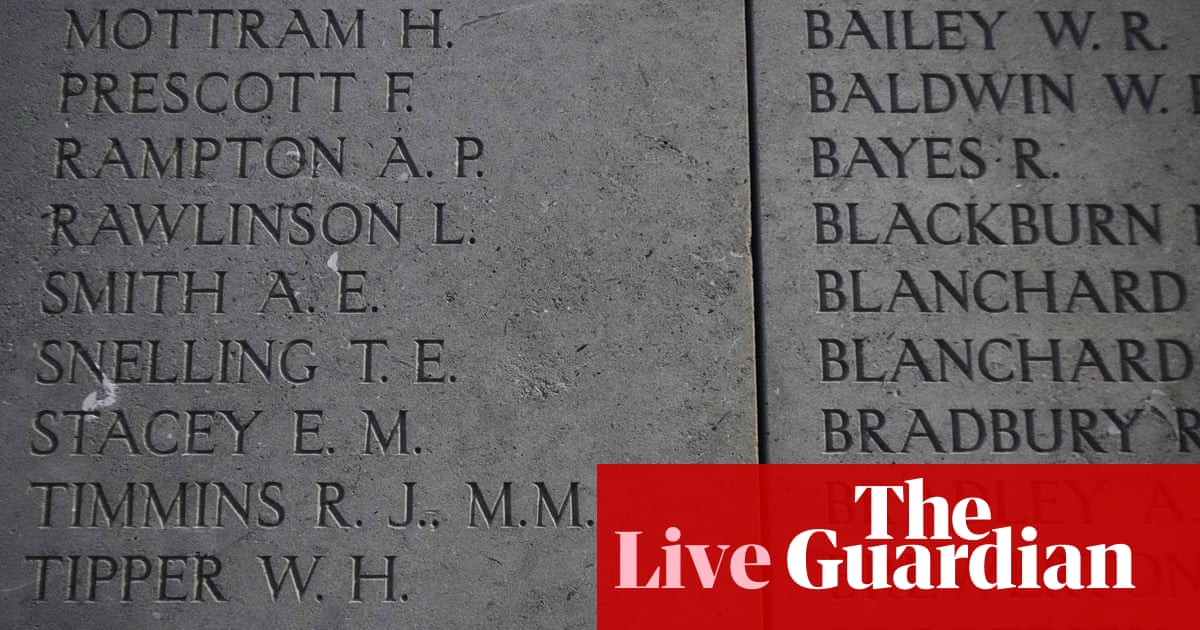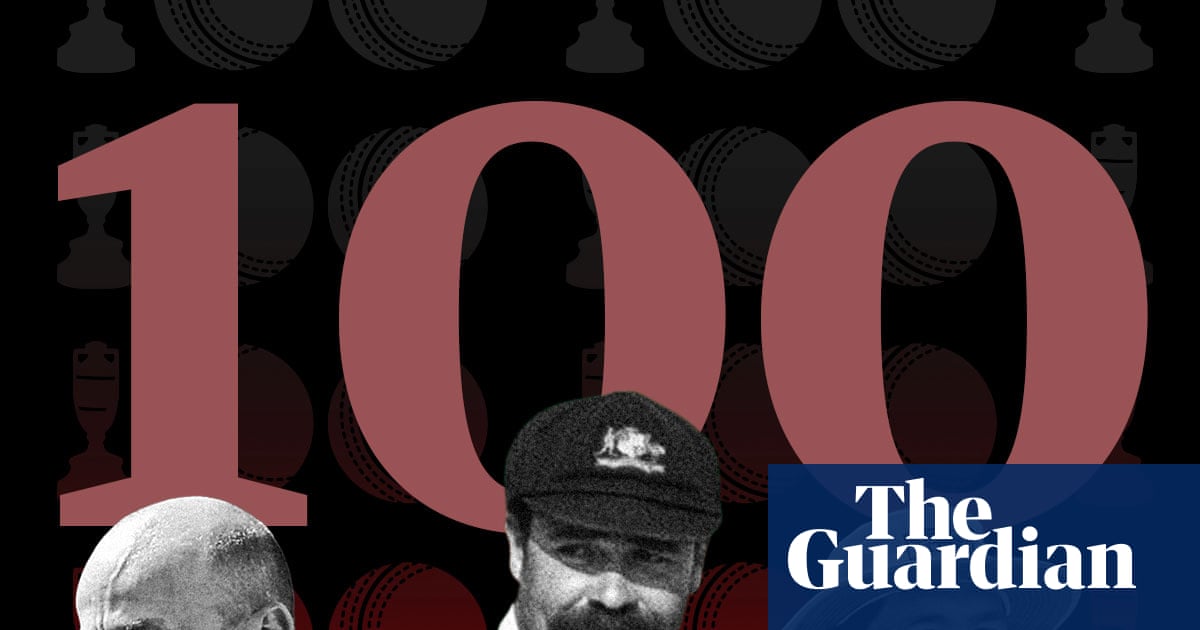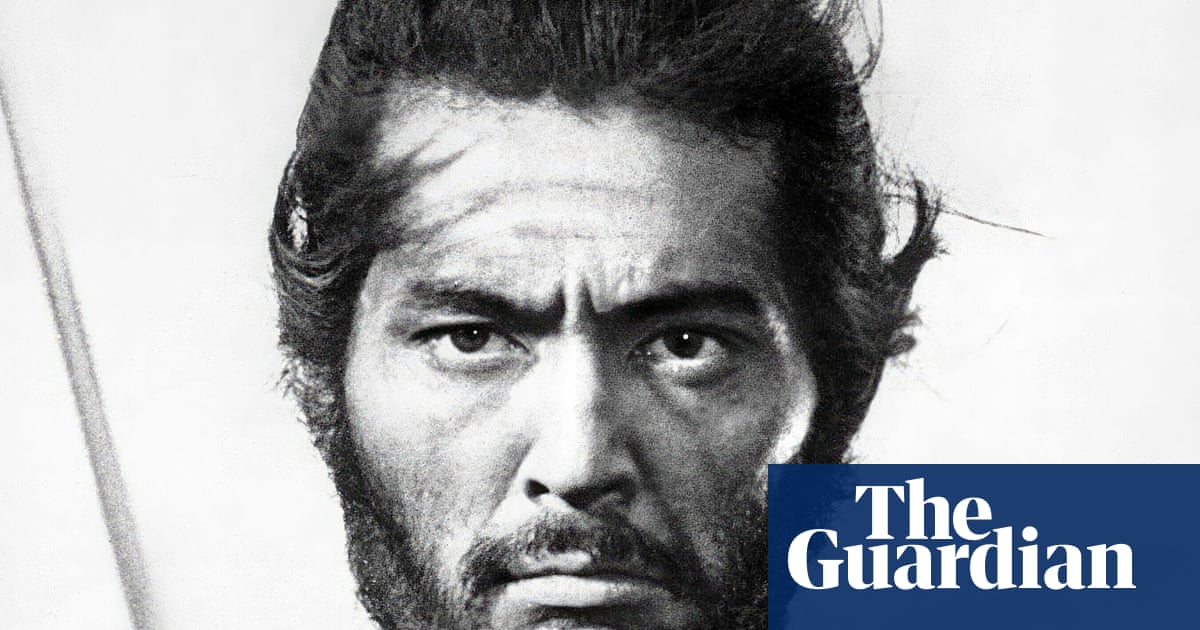School (1974)
Supertramp spent their early years exploring, developing a flair for soft-focus introspection and muscular adventure without quite finding melodic hooks for their stylistic acumen. Crime of the Century, their third album, is where things started to change for the group and School provides the bridge between their art-rock beginnings and the clever pop polish that brought them fame. One of the rare full collaborations between Rick Davies and his singer/songwriter partner Roger Hodgson, School takes flight once Davies’ jazz-inflected piano pushes Hodgson’s sarcastic swipes at educational bureaucracy toward an open-ended space, the sweeping solos suggesting worlds far away from dreary institutions.
Dreamer (1974)
Davies had a peculiarly symbiotic relationship with Hodgson. It wasn’t merely that the two musicians complemented each other’s strengths, with Hodgson’s pop inclinations sweetening the jazzier proclivities of Davies. The duo shared similar vocal timbres, to the point where it could be difficult for casual listeners to separate their two voices. This is brought to a head on Dreamer, an ebullient single from Crime of the Century, where Davies and Hodgson’s voices and keyboards intertwine as if they were one. Although they would continue to split songwriting credits, the pair’s creative partnership would soon grow distant, making the effortless effervescence of Dreamer particularly noteworthy.
Bloody Well Right (1974)
Dreamer gave Supertramp its first hit in the UK, while its flipside Bloody Well Right provided their ticket into the US charts. At first glance, Bloody Well Right wouldn’t seem appealing to American pop audiences: its title derives from a British colloquialism and the stop-start structure keeps the rhythm off-kilter, allowing the band to punctuate jazzy interludes with crunching hard rock hooks. Rick Davies weaves these separate segments together with a melody that flows logically from its snarling verses to its cynical choruses. It’s a masterful composition and performance that finds pop within the expansive lexicon of prog-rock.
Ain’t Nobody But Me (1975)
After finally achieving a breakthrough with Crime of the Century in 1974, Supertramp slid back down the charts with its swift sequel, Crisis? What Crisis?. Despite its commercial underperformance, the album found the band stripping away some lingering exploratory excess and sharpening their attack. Their evolution can be heard clearly on Ain’t Nobody But Me, an outsized rocker from Rick Davies that slyly highlights his R&B roots; the song’s big, swinging verse unexpectedly swerves into a dreamy chorus. As they come to a close, Supertramp lets their doo-wop harmonies grow disembodied as they become subsumed by crushing waves of electric guitars.
From Now On (1977)
Supertramp righted themselves with Even in the Quietest Moments…, thanks in no small part to Give a Little Bit, an open-hearted anthem from Hodgson. With his partner playing it straight, Davies chose to indulge in the kind of melodic balladry normally associated with Hodgson. From Now On begins with rolling piano chords and a soothing melody, a deceptively simple start to a song that builds into full-blown melodrama, as the song’s narrator decides to live his life in fantasy. By that point, his escape from reality is supported by a full gospel choir, whose harmonies aren’t far afield from the gentle R&B that underpins this miniature epic.
The Logical Song (1979)
Breakfast in America, Supertramp’s sixth album, became a commercial juggernaut in the interregnum separating punk and MTV, spending six weeks at the top of the Billboard charts and giving the band its only two Top 10 singles in the UK. The first of these was The Logical Song, a jaunty minor-key exercise in cynicism from Roger Hodgson that’s given shape and colour by Roger Davies and an army of keyboards. As Hodgson holds the song with nervy eighth notes, Davies ratchets up the tension by mirroring and accentuating his chords with synths and clavinets, each element contributing to the tune’s pulsating paranoia.
Goodbye Stranger (1979)
Underneath its slick veneer and propulsive beat, Goodbye Stranger is the tale of a one-night stand. Davies wakes up in the morning and decides he must be moving on, yet he takes the time to bid his lover adieu, explaining his decision in a round-robin of increasingly flowery excuses. The interwoven, escalating hooks are so catchy, particularly in the call and response between Hodgson singing “Goodbye Mary, goodbye Jane” as Davies offers his justifications, that it’s easy to forgive the transgressions of this lout: this is a pristine pop confection.
Take the Long Way Home (1979)
The single that closed out Breakfast in America’s monumental run on the charts, Take the Long Way Home is another Roger Hodgson composition given depth and dimension by the rest of Supertramp, particularly Rick Davies. As the song fades into view, Davies adds a sense of drama with a harmonica solo that provides grit to the picturesque keyboards. As the song slides into its middle section, Davies picks up the harmonica to duel with saxophonist John Helliwell, an idiosyncratic instrumental blend that lends a distinctive edge to Take the Long Way Home.
My Kind of Lady (1982)
Success upended the delicate dynamics within Supertramp. The group struggled through the making of … Famous Last Words …, the Breakfast in America sequel that turned out to be their last album to feature Hodgson. None of that tension can be heard on My Kind of Lady, the second single pulled from the record, following in the footsteps of Hodgson’s effervescent It’s Raining Again. Where Hodgson pitched It’s Raining Again squarely at adult contemporary radio, Davies resurrected the dreamy doo-wop harmonies of the 1950s for My Kind of Lady. It’s an unabashed genre exercise from a songwriter who preferred to blend several styles simultaneously, and its sweet simplicity conveys an unapologetic nostalgic charm.
Cannonball (1985)
After Hodgson’s departure, Davies rallied the rest of Supertramp for Brother Where You Bound, an album whose sleek, streamlined appeal was crystallised on its first single, Cannonball. Where most of Supertramp’s biggest hits were intricately composed and arranged, Cannonball keeps things simple: it’s a driving groove that digs into the beat instead of building around it. Drum sequencing keeps things tight in an appealing fashion, the relentless rhythm helping to accentuate the bright blasts of brass while also giving Davies plenty of space to vamp on his clanking piano. It’s a return to his jazz roots disguised as an 80s extended dance mix.

 2 months ago
53
2 months ago
53

















































